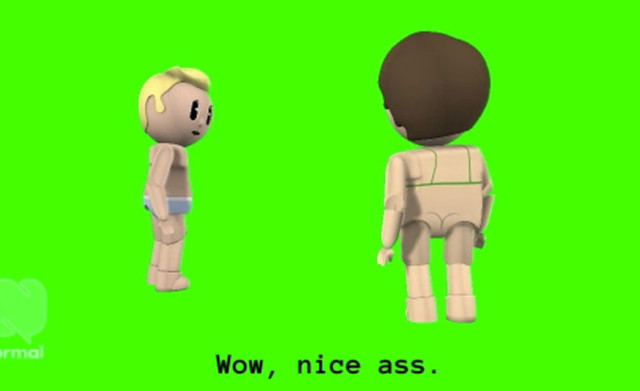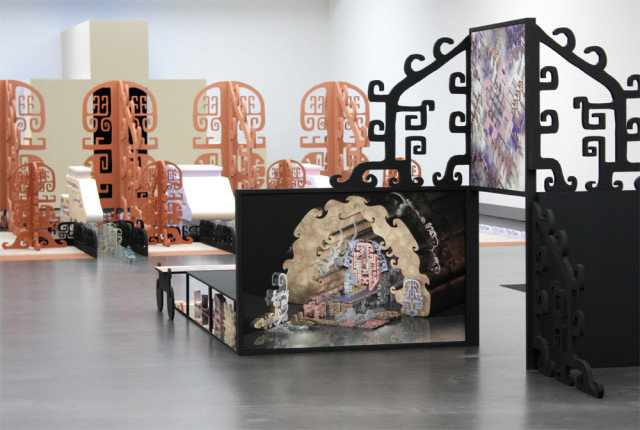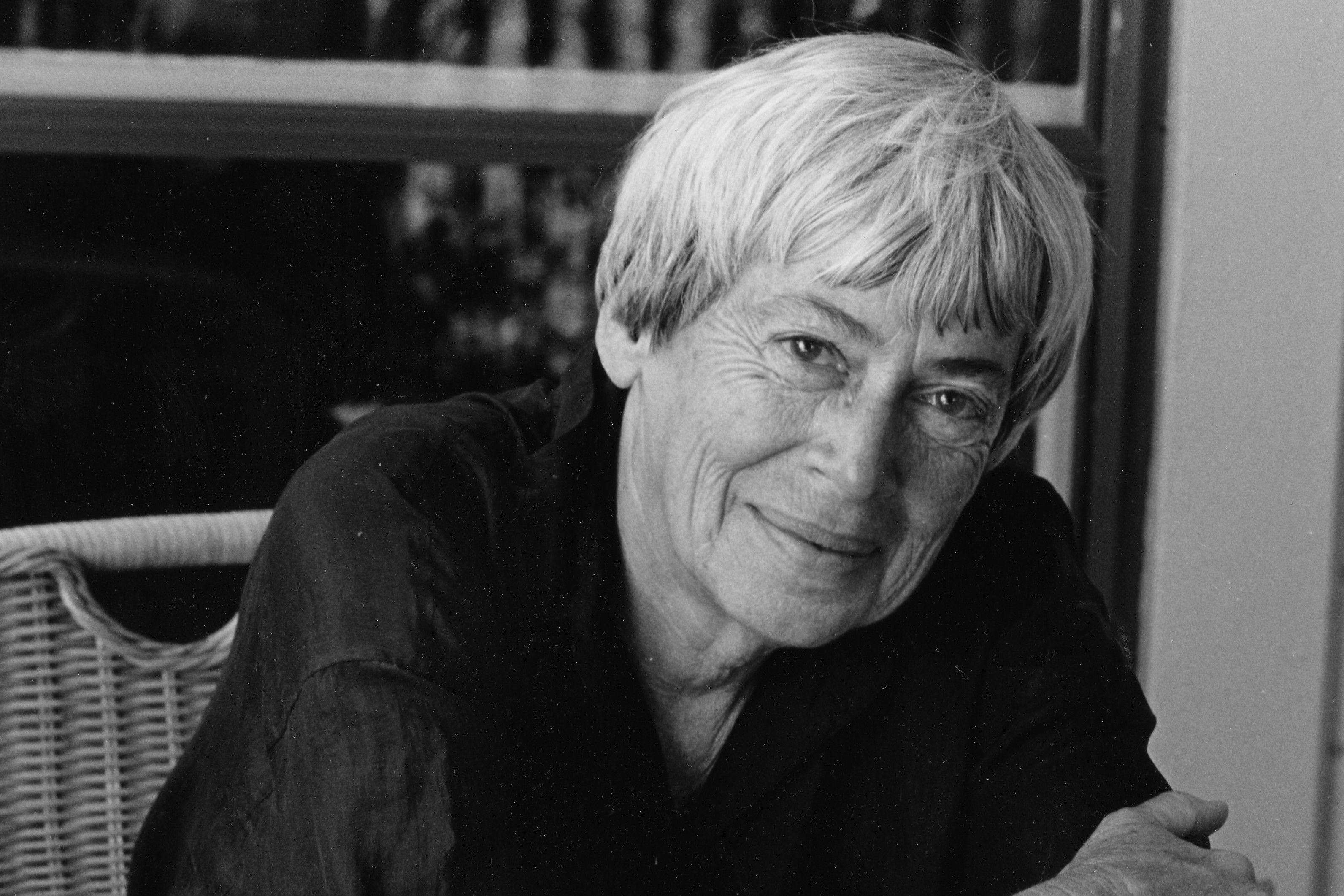Breaking: New Gallery to Open in Pearl
When you hear the name Le Guin, you almost certainly think of Ursula K. Le Guin, the famed Portland speculative-fiction writer best known for her gender-bending 1969 science-fiction classic The Left Hand of Darkness. But at least in Portland’s art scene, that may soon change.

Theo Downes–Le Guin
Image: Upfor
Culturephile has learned that Le Guin’s son, Theo Downes–Le Guin, will open a contemporary-art gallery in the Pearl District in what was previously Pulliam Gallery and PDX Across the Hall. Upfor (like the Madonna of art, there's no 'Gallery' surname) will focus on new and digital media. It opens on September's First Thursday with a work by LA video artist Frances Stark, “My Best Thing,” that premiered at the 2011 Venice Biennale to high reviews and was later called “compulsively watchable” by the New York Times. Upfor's October-November exhibition will be work by Portland’s Brenna Murphy.
His last name aside, Downes–Le Guin is a relatively new arrival to Portland's visual art world (we love a man of mystery). He spent most of his career as a market and policy researcher who specialized in technology for think tanks like the Rand Corporation (which means he'll bring some business acumen to an industry that sometimes needs it). Then in recent years he joined the board of contemporary art center Disjecta and is currently the chair, as well as having been a longtime collector.
Thankfully, Le Guin the younger was kind enough to help us fill in the blanks via email (he was traveling in Italy and the UK). Here’s what he had to say about himself, the gallery, and how he sees Upfor’s place in Portland’s art ecology.
On his background in contemporary art and joining the board of local contemporary art center Disjecta:
I have an undergraduate degree in art history from Columbia, and was fortunate to be around art my whole life because of my parents' interests and their willingness to travel.
I was in New York during an exciting period in contemporary art, but my interests during that time, and for a long time after, were mainly pre–20th century artists. I saw more and more contemporary art during the heavy business travel I did; it was easier to visit a gallery or contemporary art center than a large museum during my travels. These visits led to curiosity and lots of reading and more visits until contemporary art edged out nearly all my other interests.
Most of that took place outside of Portland, so joining the Disjecta board was an attempt to unify my new obsession with the place I live.
On making the career leap from market and policy researcher to gallerist:
After working in and building some really good organizations, I reached the point a couple of years ago where research ceased to engage me completely. I needed to do something very different.
The gallery has been in my mind since I was a kid. This may be the worst or best of times to open a gallery—who knows? But it is the time at which I can do it, so it's the right time.
On his vision for Upfor:
I want to show art of quality with emotional and intellectual complexity that compels people to look (and hopefully to buy), but that doesn't neglect beauty. For the first year or so, I will follow my personal enthusiasms and instincts and see what happens. I have no major prejudices by medium. Where an artist lives is not usually important to me, but there are compelling reasons to have part of the program composed of regional artists.
On the gallery’s focus on new and digital media, and how that connects to his past research on technology:
To make art that explores different aspects of technology, artists have to use the technology as their medium; that complicity fascinates me. At the risk of simplifying, I'd also say that it is very difficult to make art that explores the modern condition without bumping into technology as a subject matter or medium sooner or later, because it’s so integrated into that condition.
The connection to my past career is a question that I've asked myself quite a lot. Certainly, my years around the technology industry made me both interested in, and often uncomfortable with, the role of high tech in culture and how technology mediates the way we communicate.
On the first two artists Le Guin will show at Upfor, Frances Stark and Brenna Murphy:

A still from Stark's "My Best Thing"
Frances Stark is a Los Angeles–based artist and writer who teaches at USC. She creates work on paper, video, performances, and sculpture. Her work is incredibly, explicitly personal in the confessional mode that is common in popular culture, but it also transcends and comments on that mode. The video we are showing, My Best Thing, is also very funny.

A photo of a recent installation by Murphy at Kunstverein Düsseldorf
Image: Upfor
Brenna Murphy lives in Portland and attended PNCA. She is working in the gray area of bringing digital work into the physical realm. I'm interested in how she navigates the digital/physical divide so effortlessly and the experience that creates for the viewer. She had shows in Europe this summer and is at the Yerba Buena Center in San Francisco this month.
On what to expect from the gallery in the future:
I am thrilled to present Ben Buswell starting in December for two months, with a re-installation and new work added at the midpoint.
Frances Stark: My Best Thing
Upfor
929 NW Flanders St.
Sept 5–28
For the first year or two, I hope to experiment with longer exhibitions that are changed up and include event and performative elements. For spring, I am making plans with a new media artist from New York and for an exhibition curated by a former Portland artist.




